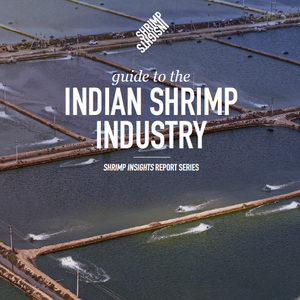FDA's management of the Feed Ban has improved, but oversight weaknesses continue to limit program effectiveness says the U.S. Government Accountability Office (GAO), the investigative wing of Congress.
In 1997, the Food and Drug Administration (FDA) issued a feed-ban rule prohibiting certain animal protein (prohibited material) in feed for cattle and other ruminant animals. FDA and 38 states inspect firms in the feed industry to enforce this critical firewall against BSE.
In 2002, GAO reported a number of weaknesses in FDA's enforcement of the feed ban and recommended corrective actions. This report looks at FDA's efforts since 2002 to ensure industry compliance with the feed ban and protect U.S. cattle.
FDA has made needed improvements to its management and oversight of the feed-ban rule in response to GAO's 2002 report, but program weaknesses continue to limit the effectiveness of the ban and place U.S. cattle at risk of spreading BSE, GAO says in a new report.
Improvements made include FDA establishing a uniform method of conducting compliance inspections and training FDA inspectors, as well as state inspectors who carry out inspections under agreements with FDA, on the new method.
FDA also implemented new data-entry procedures that are designed to more reliably track feed-ban inspection results. Consequently, FDA has a better management tool for overseeing compliance with the feed-ban rule and a data system that better conforms to standard database management practices.
However, various program weaknesses continue to undermine the nation's firewall against BSE. FDA acknowledges that there are more feed manufacturers and transporters, on-farm mixers, and other feed industry businesses that are subject to the feed ban than the approximately 14,800 firms inspected to date; however, it has no uniform approach for identifying additional firms.
FDA has not reinspected approximately 2,800, or about 19 percent, of those businesses, in 5 or more years; several hundred are potentially high risk. FDA does not know whether those businesses now use prohibited material in their feed.
FDA's feed-ban inspection guidance does not include instructions to routinely sample cattle feed to test for potentially prohibited material as part of the compliance inspection. Instead, it includes guidance for inspectors to visually examine facilities and equipment and review invoices and other documents.
Feed intended for export is not required to carry a caution label "Do not feed to cattle or other ruminants," when the label would be required if the feed were sold domestically. Without that statement, feed containing prohibited material could be inadvertently or intentionally diverted back to U.S. cattle or given to foreign cattle.
FDA has not always alerted USDA and states when it learned that cattle may have been given feed that contained prohibited material. This lapse has been occurring even though FDA's guidance calls for such communication.
Although research suggests that cattle can get BSE from ingesting even a small amount of infected material, inspectors do not routinely inspect or review cleanout procedures for vehicles used to haul cattle feed.
More than 5 million cattle across Europe have been killed to stop the spread of bovine spongiform encephalopathy (BSE), commonly called mad cow disease.
Found in 26 countries, including Canada and the United States, BSE is believed to spread through animal feed that contains protein from BSE-infected animals. Consuming meat from infected cattle has also been linked to the deaths of about 150 people worldwide.










